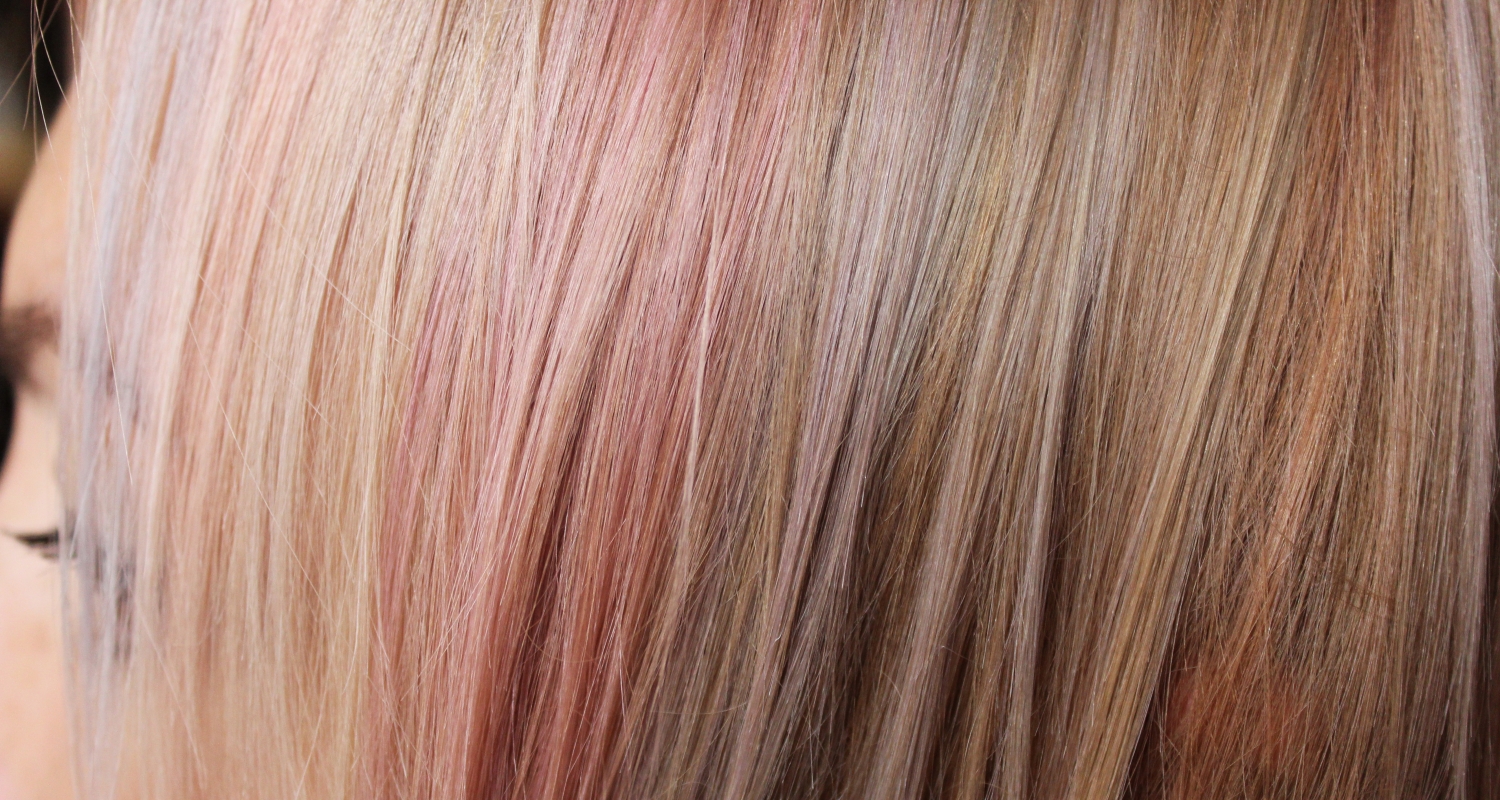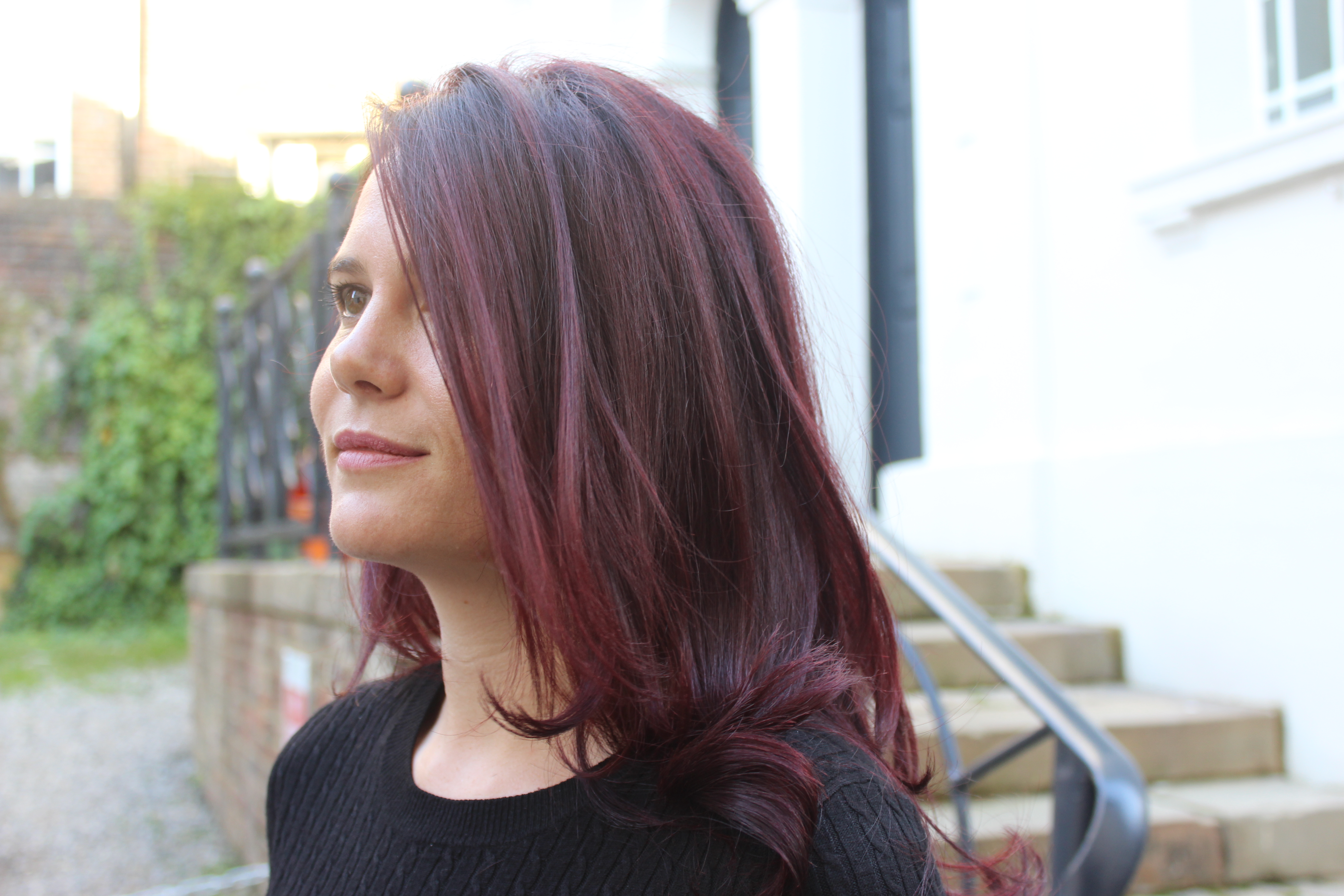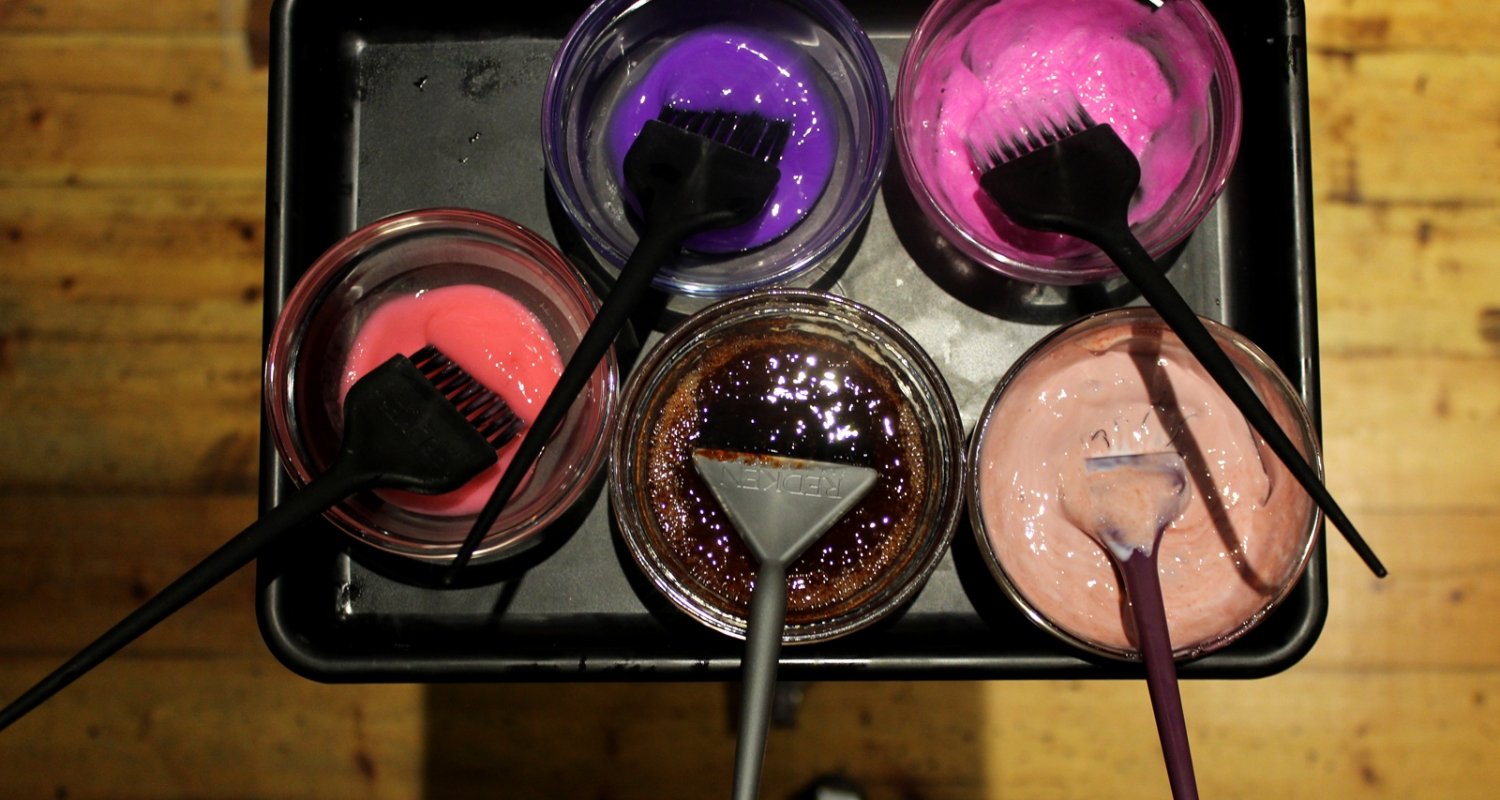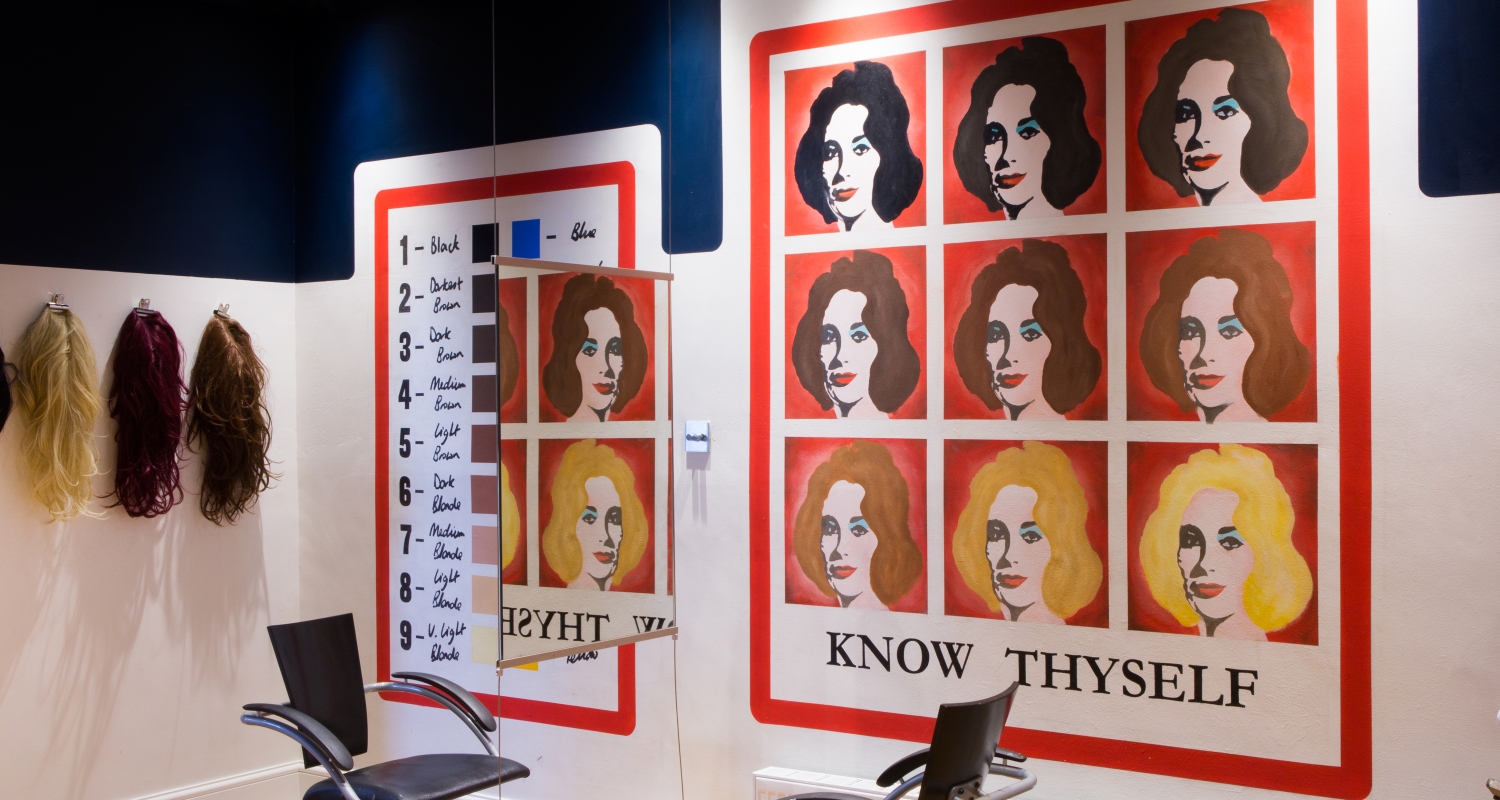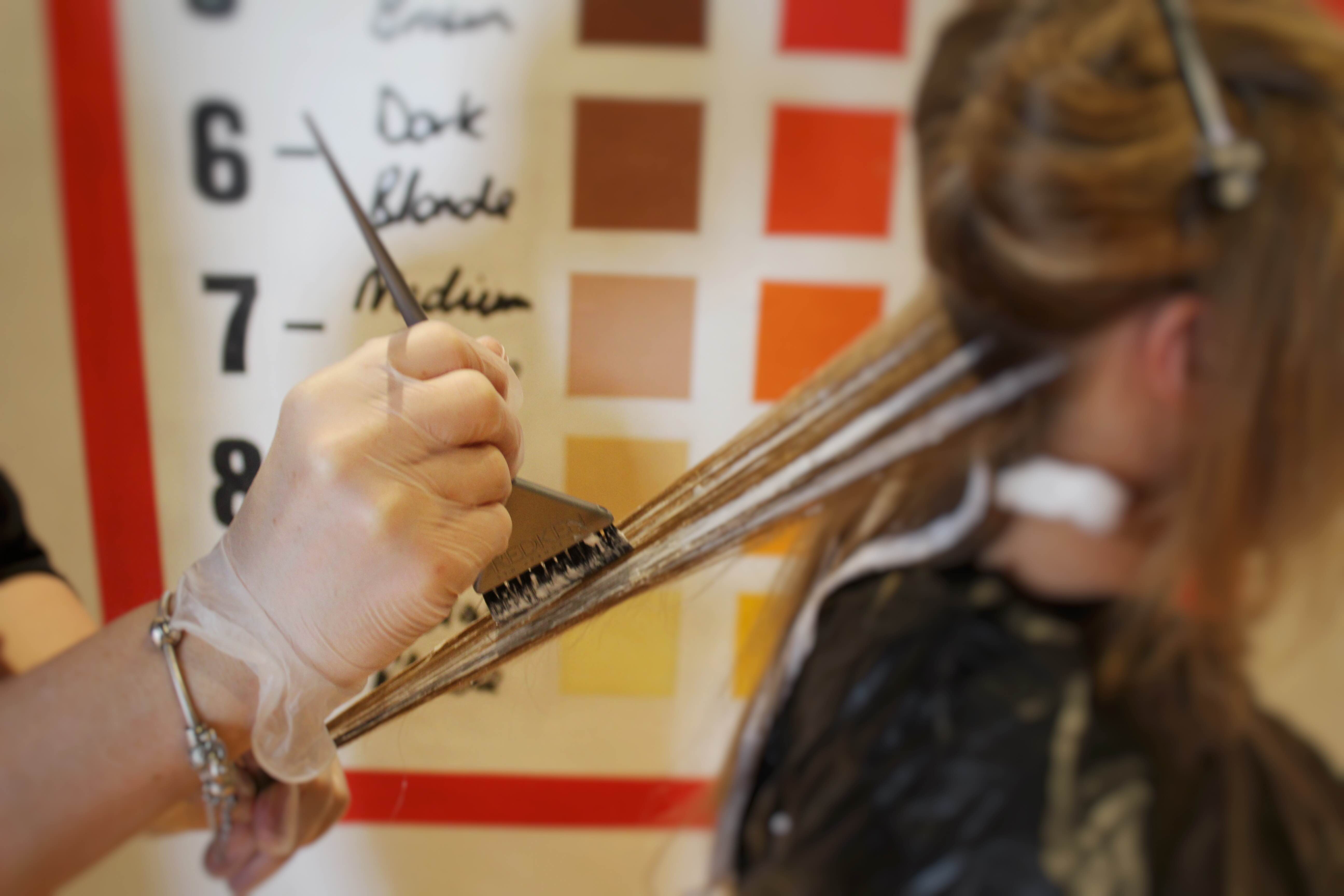
Home vs salon colouring: what's the difference and which is best for me?
11 Oct 2016
You may be questioning the difference between the home and salon colouring, and which is the best route for you. Changing hair colour is a decision which should never be taken lightly, and learning every aspect of the process is vitally important to achieve the results you desire. With this in mind, we hope to enlighten you on the difference between salon and home colouring, and how to decide which might be best for you and your hair.
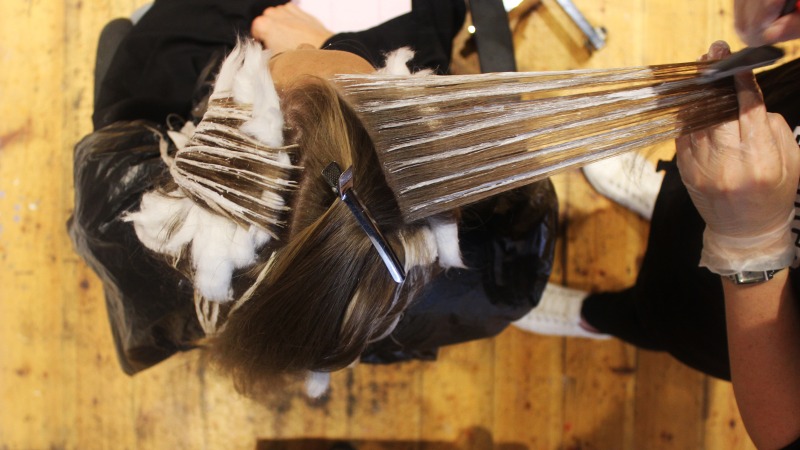
Bespoke colouring
Bespoke colour comes from consultation and an understanding of skin tone and hair type: something which cannot be achieved when using an off-the-shelf box colour. Home kits also don't offer the same degree of precision as an expert hand. Certain techniques such as balayage and babylights concentrate on a tailored colour placed to complement face shape and balance natural colour, giving you a completely unique multidimensional end result. These are often low maintenance services, so whilst you may pay more for the initial colour, you won’t be needing another appointment as soon as you would using an all over colour that can show root regrowth quickly. If you have grey hair, it’s definitely worth consulting your stylist and colouring in-salon. As there is no pigment in the base to lift, it can be tricky to get a great result from home colourants and you can often be left with yellow or beige tone to your hair. This often results in an unnatural finish and which will not work to flatter your skin tone.

Where is my money going?
Of course, there is a significant price difference between home and salon colouring. Firstly there is a difference in the actual raw materials used. Home hair colourants can lack multi-tonal colour, leaving hair looking flat and often if they contain silicones. Prolonged use of them can dull hair and not give the expected shine boost required. The silicone found in some home colourants begins to coat the hair, which can make future colour changes or removal troublesome and expensive. Salon colours are mixed fresh and can be combined with bond multiplying products such as Olaplex which can help achieve a more dramatic colour change without damaging hair. In addition, you also pay for the expertise of your colourist. Stylists, through years of training and working with clients, will have a wealth of understanding about the colour process and how it affects hair. Permanent colouring chemically changes your hair, which can alter its structure, and should, therefore, be carried out in a professional environment. If you are looking for a drastic change, you will more than likely need to use bleach: a strong chemical which can have damaging effects if used incorrectly. For this reason, regardless of the transition, you are looking to make it is important to at least consult an expert on the best choice for your hair.
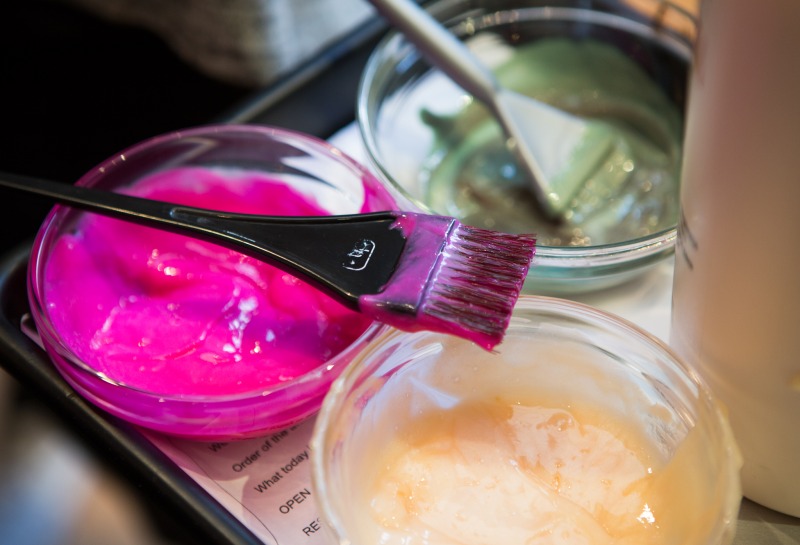
Practical matters
Another aspect to consider is the practicality of colouring at home. When colouring yourself, it can be difficult to make sure colour is applied evenly, and can become a messy process. Timing is everything when it comes to home colouring, meaning that you will have to have your eye on the clock constantly. Simply taking the time to relax in a salon environment, and letting your stylist take the stress out of colouring can give you some much needed pamper time. At The Chapel, we try to give our clients a complete escape from their daily lives, and a full colour allows you to have even more time to enjoy this rare experience. Colouring can be a lovely treat for you and your hair: rejuvenating your style and wellbeing.
A note of caution
If you do decide to home colour, always follow the instructions and make sure you patch test to avoid an allergic reaction. PPD, a harsh chemical found in many permanent home dyes, is the main cause of allergic reactions, so opt for a semi-permanent shade to avoid this. Choose a colour that is only two to three shades levels of your natural shade, and try to stick to the same dye colour and brand to ensure complete colour matching. Changing products can lead to unattractive banding and a noticeable line.
If you are using temporary colours or just trying out a new look for a one-off occasion, home alternatives can be a good option. Thanks to hair chalk and colour sprays you can easily change your style in an instant. If you don’t feel confident about colouring at home, then don’t: many salons often have to correct home colour disasters which can prove more expensive than getting your hair coloured in the first place.
Condition is key
Whether you opt for home or a salon, keeping hair in good condition is essential to prevent your colour from fading. Refrain from washing your hair for 48 hours after colouring, as this will help lock in colour. Look out for shampoos and conditioners which are specifically designed for coloured hair: investing in good quality products is key to maintaining colour and shine. Lastly, keeping your hair hydrated is a must. Indulge in weekly conditioning treatments, bearing in mind that those supplied with a home colour kit are usually one-off and often use cheaper oils, which don't penetrate your hair follicles. Hairdressers will use the high-quality treatments and will apply tailored treatments, according to your undertone and hair health. Ensure that you always protect your coloured hair when heat styling to avoid dryness.
Ready to take the plunge with a new colour? Get in touch with one of our experts who would be more than happy to discuss the next steps, or have a look at our expert articles to find out more about the colouring process.
